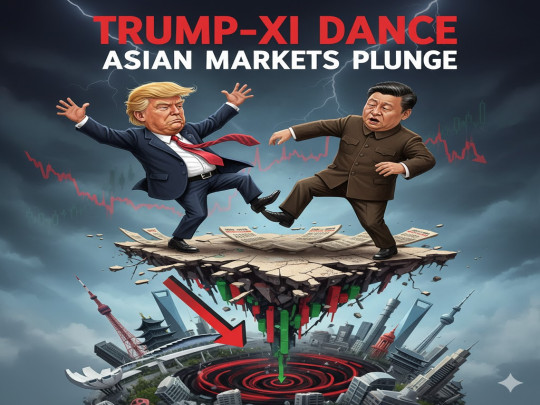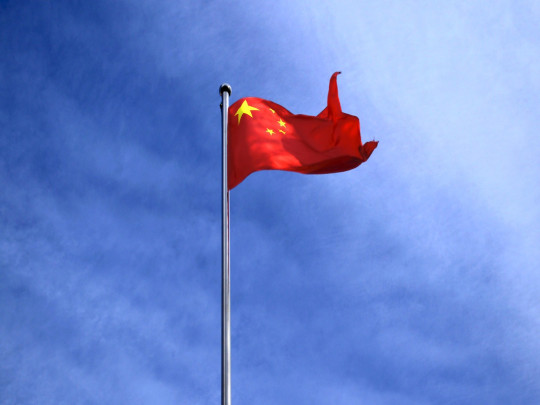S&P/ASX 50 Weekly Review: Performance, Top Movers, Relative Volume Insights, and Geopolitical Impact
This weekly review of the S&P/ASX 50 explores the performance of Australia’s largest listed companies as the index navigated sector shifts and heightened volatility amid the Iran-Israel conflict and provides deep insights into relative trading volumes, revealing how geopolitical tensions and global energy dynamics drove market activity.

The S&P/ASX 50 Index, representing the 50 largest and most liquid companies on the Australian Securities Exchange, is a critical barometer for the nation’s equity market, accounting for approximately 62% of Australia’s total market capitalization. This past week, the index reflected both domestic sectoral shifts and the influence of escalating global tensions, particularly the ongoing Iran-Israel conflict.
Market Overview and Context
The ASX 200, a broader index, closed at 8,547 points on June 13, 2025, down 0.21% from the previous session but still up 2.05% year-to-date. The ASX 50, as a subset, mirrored this volatility, with pronounced movements among energy, mining, and technology stocks. The index has historically delivered an 8.23% annualized return including dividends since inception, underscoring its importance to Australian investors.
Top Movers: Weekly Gainers and Decliners
Top Weekly Gainers
· Woodside Energy Group Ltd (WDS):
Price Change: +9.90%
Catalyst: Surging global energy prices and safe-haven flows into energy producers amid Middle East tensions.
Dividend Yield: 7.41%
Relative Volume: 6.30 (see detailed analysis below)
· Origin Energy Limited (ORG):
Price Change: +8.12%
Catalyst: Strong sector momentum and attractive dividend yield (5.02%).
· Northern Star Resources Ltd (NST):
Price Change: +7.49%
Catalyst: Investor rotation into gold and precious metals as geopolitical risks rise.
· Santos Limited (STO):
Price Change: +5.78%
Catalyst: Similar dynamics to Woodside, with a focus on LNG and oil exports.
Other notable gainers included Sigma Healthcare (+4.17%), The Lottery Corporation (+3.73%), and Vicinity Centres (+3.25%), reflecting a mix of defensive and cyclical sector strength.
Top Weekly Losers
· Qantas Airways Limited (QAN):
Price Change: -5.30%
Catalyst: Concerns over rising fuel costs and travel disruptions linked to Middle East instability.
· Technology One Limited (TNE):
Price Change: -4.19%
Catalyst: Profit-taking after a strong prior run and broader tech sector volatility.
· Rio Tinto Limited (RIO):
Price Change: -2.94%
Catalyst: Weaker commodity prices and demand concerns from China.
· South32 Limited (S32):
Price Change: -2.65%
Catalyst: Sector-wide mining weakness.
Other laggards included Pro Medicus (-2.00%), SGH Limited (-2.49%), and BHP Group (-2.33%).
Relative Volume: Deep Insights
Highest RVOL Stocks
· Woodside Energy Group (WDS): RVOL 6.30
Traded over six times its average volume, reflecting intense buying interest as energy prices soared due to the Iran-Israel conflict.
· Cochlear Limited (COH): RVOL 6.31
Strong activity, possibly driven by company-specific news or sector rotation.
· ASX Limited (ASX): RVOL 5.58
Significant volume surge, though price movement was muted.
· Santos Limited (STO): RVOL 5.41
Another energy name benefiting from geopolitical tailwinds.
· James Hardie Industries (JHX): RVOL 5.06
Construction sector focus amid changing macro conditions.
Sectoral Trends and the Geopolitical Backdrop
Energy and Mining
The energy sector was the clear outperformer, with Woodside, Santos, and Origin posting strong gains. The Iran-Israel war has injected significant volatility into global energy markets, with fears of supply disruptions driving up oil and LNG prices. Australian producers, seen as stable and reliable, attracted both domestic and international capital flows.
Mining stocks saw a split performance: gold miners like Northern Star benefited from safe-haven demand, while diversified miners like Rio Tinto and BHP felt the impact of softer base metal prices and concerns over Chinese demand.
Airlines and Travel
Qantas’s sharp decline underscores the vulnerability of travel-related stocks to geopolitical shocks. Higher fuel costs and potential airspace restrictions in the Middle East have weighed heavily on sentiment.
Technology and Healthcare
Tech stocks, which had rallied earlier in the year, faced profit-taking and sector rotation, with Technology One and WiseTech Global among the notable decliners. Healthcare names showed mixed results, with Cochlear’s high volume suggesting possible event-driven interest.
Financials and Real Estate
Major banks and real estate firms saw steady but unspectacular performance, with moderate relative volumes reflecting ongoing institutional interest but few major catalysts this week.
The Iran-Israel War: Market Impact
The escalation between Iran and Israel has been a defining geopolitical event, reverberating across global markets. For Australia:
· Energy: Australian energy exporters are in focus as investors seek alternatives to Middle Eastern supply chains. This has directly benefited ASX energy majors, as seen in both price gains and surging trading volumes.
· Safe-Haven Flows: Gold miners and defensive stocks have seen inflows as global investors hedge against uncertainty.
· Volatility: Overall market volatility has increased, with traders closely monitoring news from the region for potential spillover effects.
Conclusion
The week ending June 15, 2025, was marked by heightened volatility and sectoral divergence within the ASX 50, shaped by both domestic factors and the global backdrop of the Iran-Israel conflict. Energy and gold stocks surged on safe-haven and supply concerns, while airlines and some tech names lagged. Relative volume analysis reveals that the most significant price movers also saw the greatest spikes in trading activity—a hallmark of markets reacting to external shocks.
As the Iran-Israel situation continues to evolve, investors should remain vigilant, focusing on sectors with the most direct exposure to global supply chains and monitoring relative volume for early signals of shifting market sentiment. The ASX 50’s performance this week underscores the interconnectedness of global events and local market dynamics, reinforcing the index’s role as a bellwether for Australian and regional investors



